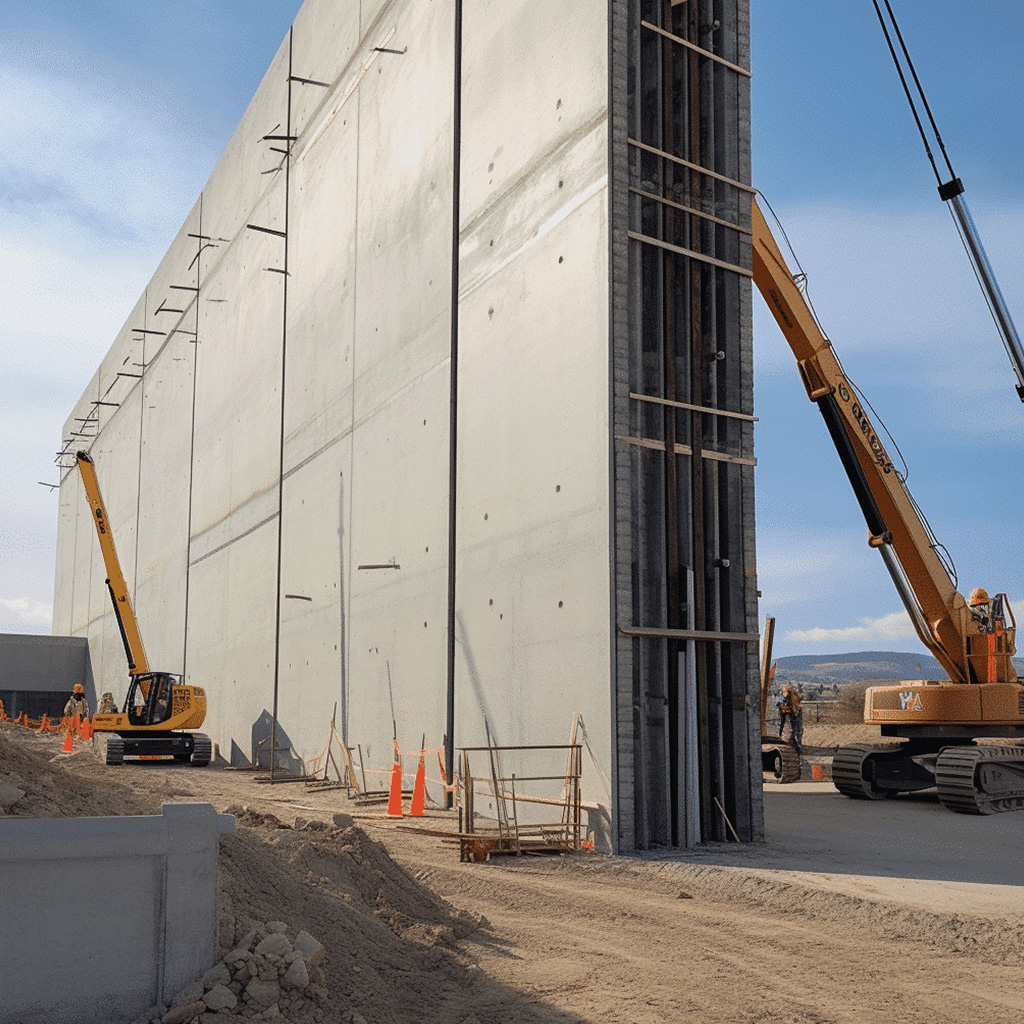The Advantages of Tilt-Up Panel Construction and Repair Techniques

The Advantages of Tilt-Up Panel Construction and Repair Techniques
Introduction:
Tilt-up construction has become increasingly popular in the building industry due to its numerous advantages, including cost-effectiveness, efficiency, and versatility. Tilt-up panels, made by casting concrete on-site and then lifting them into position, offer a range of benefits for both new construction projects and repair work. In this blog post, we’ll explore the advantages of tilt-up panel construction and discuss effective repair techniques to maintain the integrity and longevity of tilt-up structures.
Advantages of Tilt-Up Panel Construction:
Cost-Effectiveness: Tilt-up construction can significantly reduce construction costs compared to traditional methods, as it eliminates the need for expensive formwork and reduces labor and material expenses. By casting panels on-site and lifting them into place, contractors can streamline the construction process and save both time and money.
Speed and Efficiency: Tilt-up construction allows for rapid assembly of panels, leading to shorter construction schedules and faster project completion. With proper planning and coordination, contractors can cast multiple panels simultaneously and erect them quickly, minimizing downtime and maximizing productivity on the job site.
Design Flexibility: Tilt-up panels offer unparalleled design flexibility, allowing architects and designers to create unique and innovative structures with ease. From simple rectangular panels to complex shapes and architectural features, tilt-up construction enables virtually unlimited design possibilities, making it ideal for a wide range of building types and styles.
Durability and Strength: Tilt-up panels are inherently durable and resilient, providing excellent resistance to fire, weather, and other environmental factors. With proper reinforcement and concrete mix design, tilt-up structures can withstand high wind loads, seismic forces, and other structural demands, ensuring long-term performance and reliability.
Effective Repair Techniques for Tilt-Up Panels:
Crack Repair: Cracks in tilt-up panels can occur due to various factors, including shrinkage, thermal movement, and structural loading. Effective repair techniques for cracks may include epoxy injection, crack stitching, or patching with specialized repair materials to restore structural integrity and prevent further damage.
Spall Repair: Spalling, or the chipping and flaking of concrete surfaces, can occur due to corrosion of embedded reinforcement, freeze-thaw cycles, or surface abrasion. Repair techniques for spalled areas may involve removing damaged concrete, treating exposed reinforcement, and applying repair mortars or coatings to restore the surface.
Reinforcement Repair: Corrosion of steel reinforcement in tilt-up panels can compromise the structural integrity of the structure. Repair techniques for reinforcement may include cathodic protection, corrosion inhibitors, or replacement of corroded reinforcement to prevent further deterioration and extend the lifespan of the panels.
Conclusion:
Tilt-up construction offers numerous advantages for building projects, including cost-effectiveness, speed, design flexibility, and durability. By understanding the benefits of tilt-up panel construction and employing effective repair techniques, contractors and building owners can ensure the optimal performance and longevity of tilt-up structures for years to come. Whether constructing new buildings or repairing existing tilt-up panels, tilt-up construction offers a practical and efficient solution for a wide range of construction challenges.
Our Services
- Site map
Contact Details
- Phone Number
0428 954 378
- Email Address
ryan@civcompatchandcaulk.com.au
- Location
Sydney, New South Wales, Australia.
© 2024 All rights reserved by Civcom Patch & Caulk | ABN: 15 618 009 162

